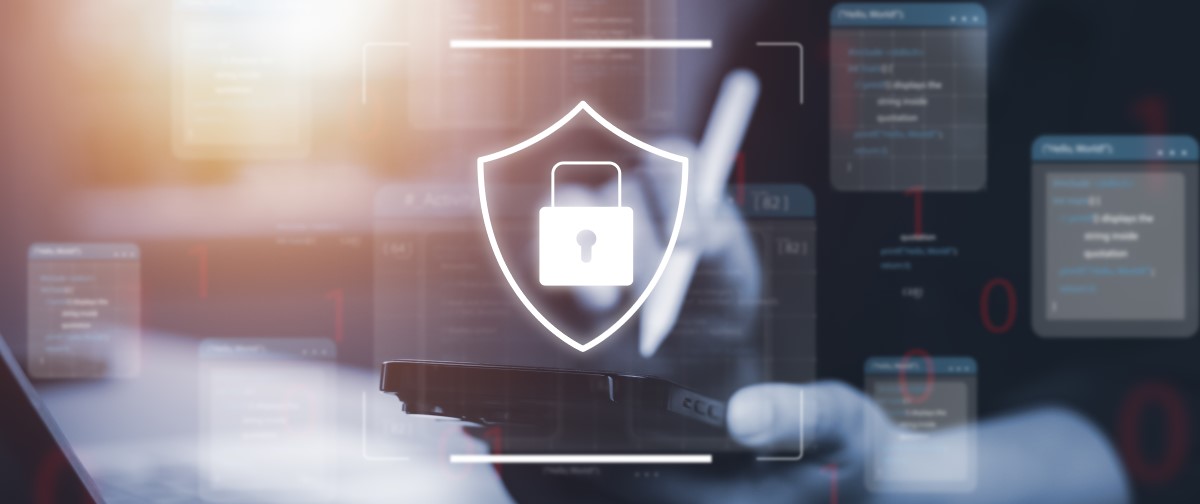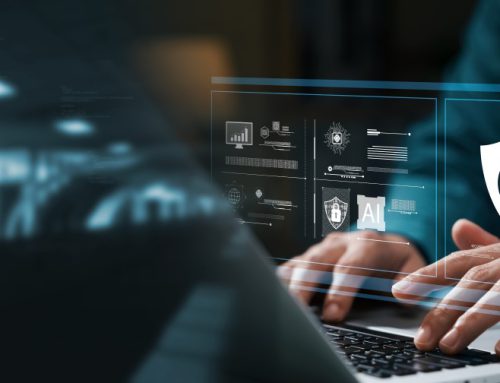As we progress further into the digital age, the cybersecurity landscape continues to evolve, presenting new challenges and threats. In 2024, businesses and individuals alike must remain vigilant against a variety of sophisticated cyber threats. Here are the top cybersecurity threats to watch out for in 2024:
AI-Driven Cyber Attacks – Artificial Intelligence (AI) is a double-edged sword in the realm of cybersecurity. While AI enhances defense mechanisms, it also empowers cybercriminals to develop more sophisticated attacks. AI-driven attacks can quickly adapt, learn from previous attempts, and evade traditional security measures, making them particularly dangerous.
Ransomware Evolution – Ransomware remains a significant threat, with attackers continually refining their techniques. In 2024, we anticipate an increase in double extortion tactics, where criminals not only encrypt data but also threaten to publish sensitive information unless a ransom is paid. Ransomware-as-a-Service (RaaS) platforms will likely proliferate, making it easier for less technically skilled criminals to launch attacks.
Supply Chain Attacks – Supply chain attacks target third-party vendors and service providers to gain access to larger networks. These attacks can compromise software updates or hardware components, infecting numerous organizations simultaneously. As supply chains become more interconnected, these attacks pose a substantial risk.
IoT Vulnerabilities – The Internet of Things (IoT) continues to expand, with more devices connected to the internet than ever before. Each connected device represents a potential entry point for cybercriminals. In 2024, securing IoT devices will be paramount, particularly in critical infrastructure sectors such as healthcare and energy.
Cloud Security Breaches – As more businesses migrate to the cloud, securing cloud environments becomes crucial. Misconfigurations, inadequate access controls, and vulnerabilities in cloud-native applications can lead to significant breaches. In 2024, we expect an uptick in attacks targeting cloud infrastructure, emphasizing the need for robust cloud security measures.
Deepfake Technology – Deepfake technology uses AI to create realistic but fake videos and audio recordings. In 2024, deepfakes could be used for identity theft, blackmail, and disinformation campaigns. The ability to manipulate multimedia content presents a unique challenge for verifying the authenticity of information.
Zero-Day Exploits – Zero-day exploits take advantage of previously unknown vulnerabilities in software and hardware. These exploits are particularly dangerous because they can bypass existing security measures until a patch is developed. In 2024, the discovery and weaponization of zero-day vulnerabilities will remain a significant threat.
Insider Threats – Insider threats, whether malicious or accidental, pose a significant risk to organizations. Employees with access to sensitive information can inadvertently or deliberately compromise security. As remote work continues, managing insider threats will require enhanced monitoring and access controls.
Quantum Computing Threats – While still in its infancy, quantum computing has the potential to break traditional encryption methods. In 2024, the threat of quantum computing may not be immediate, but organizations should begin preparing for a future where quantum-resistant encryption becomes necessary.
Mobile Device Attacks – With the proliferation of mobile devices, attackers are increasingly targeting smartphones and tablets. Mobile malware, insecure apps, and phishing attempts via SMS or messaging apps pose significant risks. Ensuring mobile security will be crucial as more business operations shift to mobile platforms.












